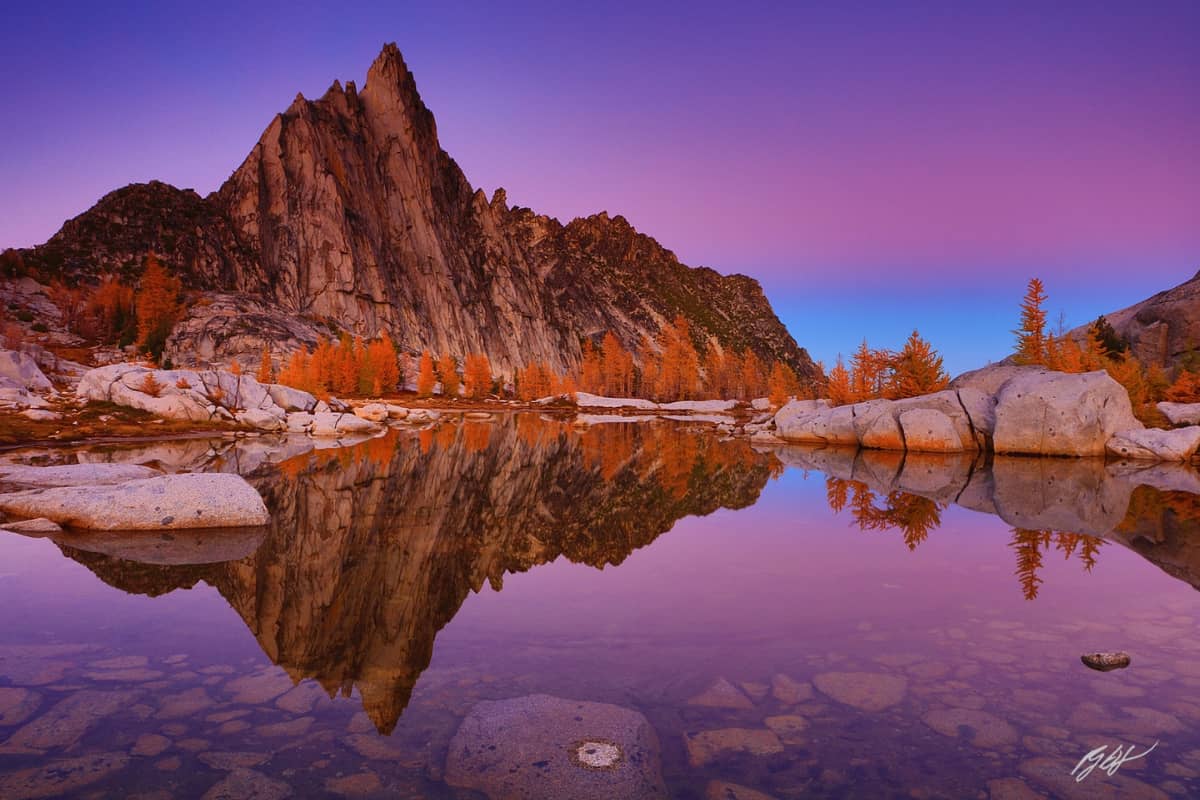Hiking the Enchantments in Washington’s Alpine Lakes Wilderness is both an exhilarating and daunting endeavor. Known for its stunning landscapes, crystal-clear alpine lakes, and towering peaks, this hike is often described as one of the most beautiful but difficult in the Pacific Northwest. Despite its allure, there are hidden dangers along the way that even seasoned hikers need to take seriously. Understanding these risks and being well-prepared can significantly enhance the safety of your journey through this pristine wilderness.
The Challenge of Aasgard Pass
The ascent of Aasgard Pass is one of the most significant dangers in the Enchantments. Aasgard Pass gains over 2,200 feet in elevation over less than a mile, making it one of the steepest parts of the trail. Its steepness, combined with loose rocks and occasional snow patches, makes it challenging to both ascend and descend safely. During the summer, the snow can melt, creating slick surfaces, while in the colder months, ice and snow accumulation make the trail even more perilous.
While Aasgard Pass offers stunning views, its dangers come from both the physical exertion required and the conditions underfoot. Many hikers experience muscle fatigue and are at risk of slips and falls. The descent can be even more treacherous because tired hikers must carefully navigate steep, slippery paths, particularly if snow lingers in late spring or early fall.
Unpredictable Weather Conditions
Washington’s Enchantments are located in the Cascade Range, known for rapidly changing weather conditions. At elevations exceeding 7,000 feet, weather can shift from clear skies to snowstorms in a matter of hours, even in summer. Hikers may start in warm, sunny conditions, but cold winds, sleet, and rain can sweep through the higher basins without warning. Being unprepared for such changes can quickly turn a beautiful hike into a dangerous situation.
Carrying proper layers, including waterproof jackets and thermal clothing, is essential. Even in July, the core Enchantment zones may have snow cover, which can make trails slippery. Lack of preparation for such sudden weather changes can lead to hypothermia, particularly for those attempting the hike in fall when temperatures are cooler.
Dehydration and the Importance of Hydration Management
Hiking the Enchantments, especially during the hot summer months, presents a real danger of dehydration. Temperatures in lower sections can reach above 100°F during the day, particularly in exposed areas like the descent from Snow Lakes. Despite the numerous streams and lakes in the Enchantments, hikers need to bring a reliable method for purifying water. A water filtration system or purification tablets are essential to avoid carrying excessive amounts of water, which would add to the physical burden on this already grueling hike.
Drinking enough water is not only vital for staying hydrated but also for maintaining focus. Dehydration can lead to poor decision-making, dizziness, and exhaustion, all of which are dangerous on the steep and uneven terrain of the Enchantments.
Mountain Goats: Wildlife Encounters
The Enchantments are home to a healthy population of mountain goats, and while they are a beautiful part of the landscape, they can also be a hidden danger. These animals are often drawn to areas where humans have been because they crave the salt from human sweat, which they can smell on backpacks, clothing, and even rocks where hikers rest.
While usually not aggressive, mountain goats have been known to become bold in seeking out salt. In some cases, hikers have reported close encounters where goats followed them persistently, creating uncomfortable and potentially dangerous situations. It’s important to maintain a safe distance from wildlife, even when the animals seem harmless. Additionally, food should always be stored properly to avoid attracting wildlife.
Altitude Sickness: A Hidden Risk
One of the less obvious but equally dangerous threats in the Enchantments is altitude sickness. As the trail ascends into the higher basins, the elevation exceeds 7,000 feet, which can affect hikers who are not acclimatized. Symptoms of altitude sickness include headaches, dizziness, nausea, and shortness of breath. For those unfamiliar with high-altitude trekking, the combination of physical exertion and lower oxygen levels can make the hike much more challenging.
Altitude sickness can impact judgment, making it difficult to continue the hike safely. In severe cases, it can lead to disorientation or even fainting, which on the steep trails of the Enchantments, could be life-threatening. Hikers should pay attention to their bodies and descend to lower altitudes if they experience symptoms that worsen over time.
The Risk of Slips, Falls, and Injuries
Throughout the Enchantments, the trail includes rocky, uneven terrain that poses a risk of falls and injuries. Whether it’s on the steep slopes of Aasgard Pass, the slick granite surfaces near Snow Lakes, or the loose gravel along many stretches of the trail, the chance of slipping is high, especially when wet weather is involved.
The risk of injury increases as fatigue sets in after hours of hiking. Slips and falls can lead to anything from minor scrapes to more severe injuries like sprained ankles or broken bones. Given the remoteness of the area, a serious injury can be particularly problematic, requiring long evacuation times or even emergency rescue in extreme cases.
Having proper footwear with excellent grip is a must for reducing the risk of falls, as is using trekking poles for added stability. Being cautious and aware of your footing at all times can help mitigate these risks, but it’s important to be prepared for the possibility of injury.
Conclusion
Hiking the Enchantments is a bucket-list adventure for many outdoor enthusiasts, but the hidden dangers it presents are not to be taken lightly. From the steep, challenging ascent of Aasgard Pass to unpredictable weather, wildlife encounters, and the risks of dehydration and altitude sickness, there are many factors that can turn this beautiful hike into a dangerous situation.
Preparation is the key to a safe and enjoyable experience. Carrying proper gear, monitoring weather conditions, ensuring adequate hydration, and understanding how to deal with wildlife and altitude-related issues are all critical. For those willing to take on the challenge, the rewards are immense, but only with the right precautions can the dangers be successfully managed.






